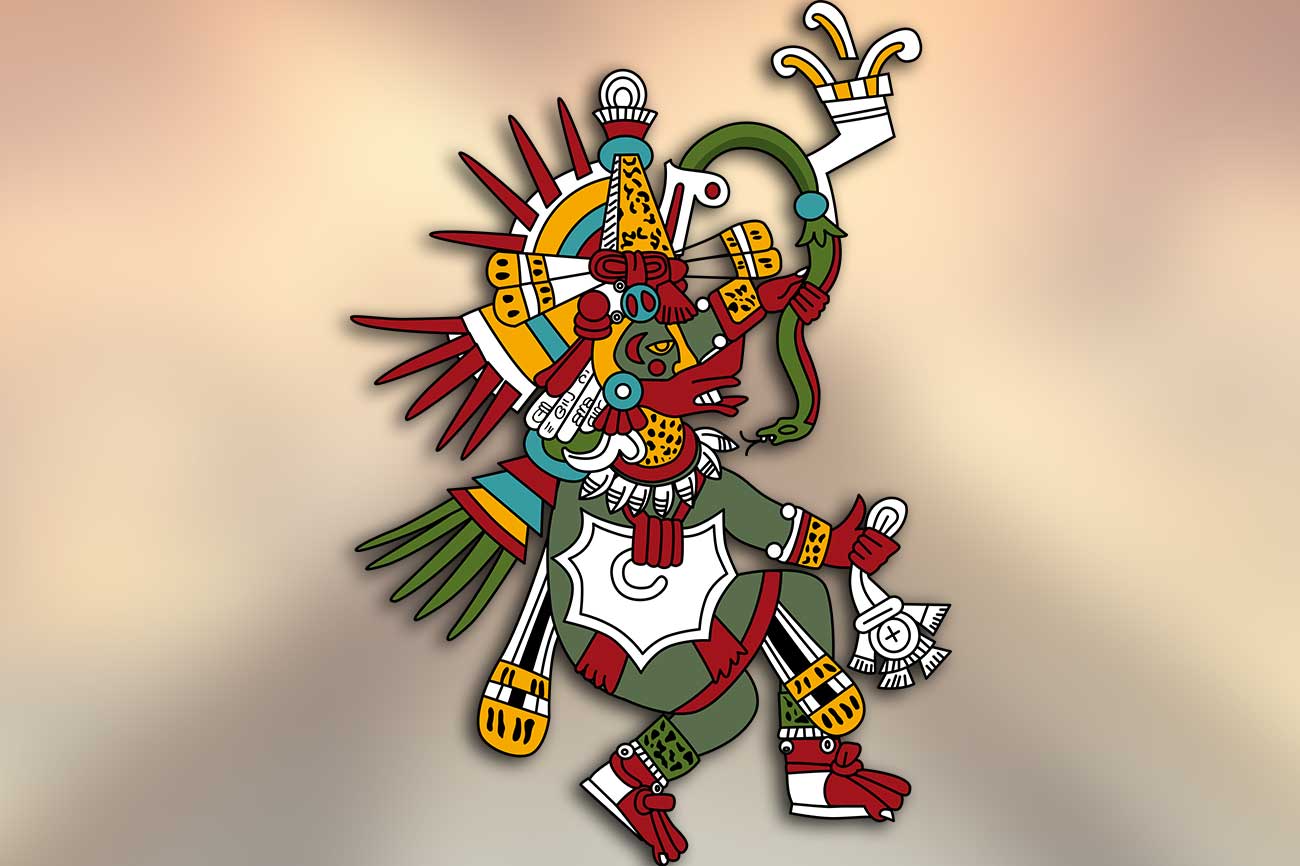The Legend Of Quetzalcóatl

Known as Kukulkan to the Maya, the feathered serpent is a symbol of great spiritual depth, represented in the art and iconography of the ancient cultures of Mexico
Legend has it that there once existed a wise and just king who, before disappearing into the sea, made a promise to return. Quetzalcoatl, or Kukulkan for the Maya, tall, bearded and light skinned, brought a time of peace to the Mesoamerican peoples, reason enough for them to await the return of this god and wise man. For this reason, the Spaniards invaders are well received by the Aztecs without offering any resistance, who believe the Spanish to be the return of Quetzalcoatl.
In the pre-Hispanic worldview, speaking about Quetzalcoatl is very complex since it refers, on the one hand, to a man, a king and a priest, and on the other, the highest deity of the Mesoamerican peoples. The feathered serpent, as it is known, is a symbol of great spiritual depth, represented in the art and iconography of the ancient cultures of Mexico. The question then is ¨Was he a man or a god?¨ The answer is both. On the one hand, it was a Toltec priest-king, a culture settled in the central Altiplano, of which the main city was Tula. The name of this ruler was Topiltzin Ce Acatl Quetzalcoatl, which means “Our Lord Cane Feathered Serpent.”
His reign was the time of greatest prosperity and peace for the Toltecs, for which his people loved and respected him since he had also taught them arts, trades, and smelting metals. Nevertheless, Tezcatlipoca, the god of the war and nemesis of Quetzalcoatl, banished him because the latter wanted to establish the cult to a single deity, an idea contrary to the warriors. Another legend tells that Tezcatlipoca laid a trap for him and got him drunk with pulque (a beverage made out of maguey) which causes him to pass out. When he woke up, he was so ashamed of what happened that returned to Tula, but not before hiding his treasures. On his way, he continued preaching peace until he reached a spot on the coast where he climbed onto a raft and left. Some say the raft was made of snakes. Other legends say he threw himself into the fire, and when he became ashes, they ascended to the sky to become the “star of the morning,” thus giving birth to Quetzalcoatl as a divinity. There are many legends about this character and god incarnated in the feathered serpent also representing the duality of the Mesoamerican worldview: the earthly and spiritual, the infinite, among many other meanings.







